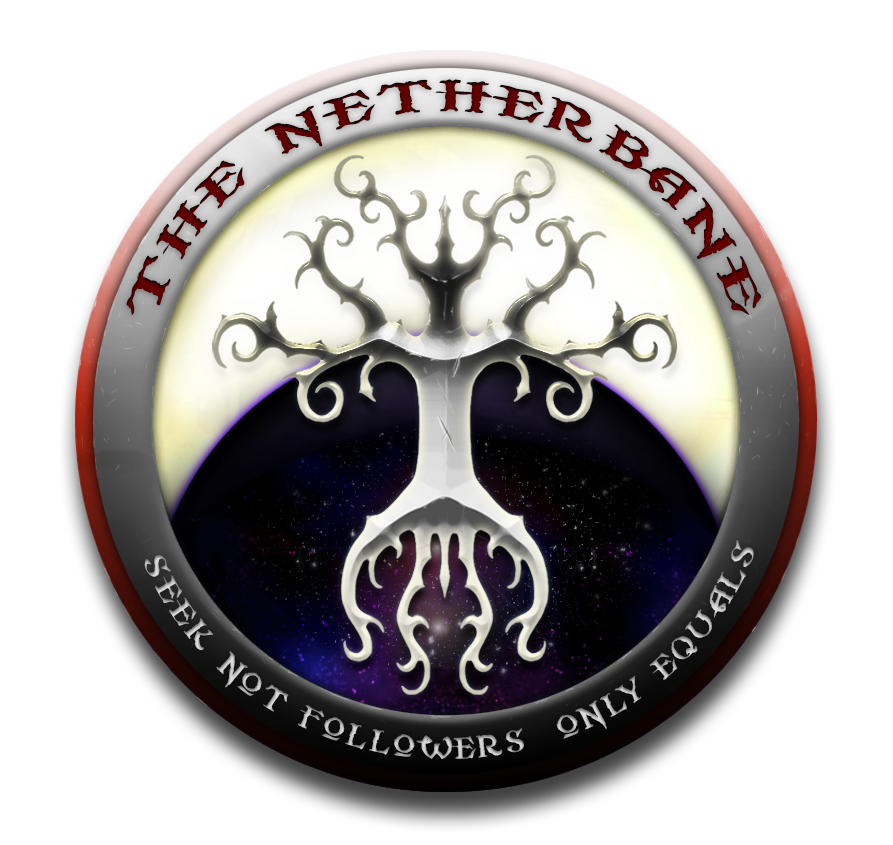Dance, Puppet, Dance!
Character Puppeting Suggestions
by Richard “Tharion Greyseer" Powell
I have noticed throughout my years of roleplaying in this game that a large number of people neglect to puppet their characters during a roleplay scene. Puppeting a character is the act of moving him / her around the environment and making use of positioning and animation to support your performance, and it can add significant depth to the interaction.
To goal is to ultimately avoid the “Talking heads" syndrome, in which two or more characters sit completely still, and the only interaction is the dialogue between them. This can a rather boring scene to both participants and audience.
Here is a list of puppeting suggestions:
1. Learn to walk. In the game, characters default to running everywhere. In real life, this would get tiring really quickly. Walking around a city or village can vastly improve the general immersion of it, and walking and talking through a scene helps take that immersion further. You do not have to walk all the time, but during RP interactions it is generally preferred over running.
2. If you are directly talking to a character, then turn you character to face him / her often. Like in real life, direct attention is preferred when engaging in a conversation. It makes players feel as though they have your interest. Conversely, turning away from a character during a conversation can indicate that your character is preoccupied with something else. Both techniques as useful when trying to avoid looking like a piece of static scenery.
3. Animated greetings, such as a /bow or /wave, serve to punctuate the beginning or end of an in-character interaction. Some of them can also be used in the middle of a conversation. Tharion often bows when agreeing or acknowledging something. My gnome, Lokker, salutes to do the same, only bowing when he feels such a formal gesture is necessary.
4. Move your character around when appropriate. If standing in the streets of a city, for example, step aside for other players or NPCs using said streets. If you are sitting in a tavern and something shocking happens, stand up and pace near the table as a reaction. As with #2, this helps to avoid feeling like a statue.
5. Learn the various animated emotes, and use them accordingly. For example, if indicating a nearby area, you can use the /point emote to point to the area indicated. Sometimes a well-placed /cheer or /clap can brighten up a scene as well. There are quite a few from which to choose.
6. Be aware of the animations and sounds that come with each of the emotes you learned from #5. Some emotes have animations and sounds that are more appropriate than others, depending on the situation. Blizzard's built-in /yes emote, which is typically eager, animated, or definitive, may not be appropriate if you wish for a more subdued agreement. In that case, a custom /e emote may be more effective.
7. Ignore the player idle animations. Nothing can be more jarring to a somber scene than having your night elf female bounce in place at random. We cannot control these animations, so it is best to look past them when the game engine decides it is time for a little hop, or a bored sigh, or something similar.

